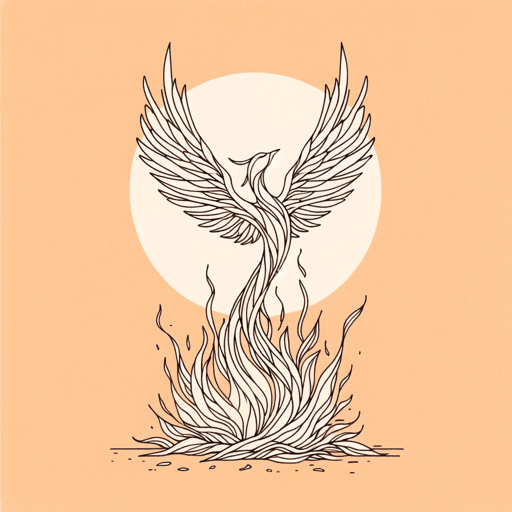16 pages • 32 minutes read
Sylvia PlathLady Lazarus
Fiction | Poem | Adult | Published in 1965A modern alternative to SparkNotes and CliffsNotes, SuperSummary offers high-quality Study Guides with detailed chapter summaries and analysis of major themes, characters, and more.
Summary and Study Guide
Overview
“Lady Lazarus” is one of Sylvia Plath’s most famous poems. The poem contains 28 stanzas, all of which ruminate on death, and this study guide contains multiple references to the Holocaust, violent death, and suicide.
Plath wrote “Lady Lazarus” in the months before she took her own life in 1963, and it was published posthumously in her collection of poetry entitled Ariel. Scholars categorize “Lady Lazarus” in the genre of Confessional poetry. Like some of Plath’s other Confessional poems, “Lady Lazarus” contains references to the poet’s own experiences with suicidal ideation and the objectification she felt as a woman living in a patriarchal society.
The title of the poem, “Lady Lazarus,” refers to the speaker of the poem and alludes to the Biblical story of Jesus and the miracle of his bringing a man named Lazarus back from the dead. The speaker of the poem asserts that she has also come back to life, several times over. The poem grapples with the speaker’s desire to die in order to escape her suffering, returning repeatedly to the image of death by fire and the speaker’s ability to rise again from her own ashes.
Poet Biography
Sylvia Plath was born in October of 1932 and she was a poet, novelist, and short story writer before she died by suicide at age 30. Plath’s untimely death may have contributed to the posthumous success of her 1965 collection of poems titled Ariel. Her 1963 novel The Bell Jar follows the story of a young woman struggling with mental illness. In 1981, a collection of her work titled The Collected Poems won the 1982 Pulitzer Prize in poetry, making Plath the 4th person in history to receive the award posthumously. Plath is known for her explosive yet intimate style and for her contributions to the genre of Confessional Poetry.
Plath led a chaotic personal life and struggled with mental illness from a very young age. Her father, a German immigrant, died when she was only eight years old, and she attempted suicide for the first time while attending Smith College. Even amidst struggles with her mental health, she was an exceptional writer and edited The Smith Review as a junior. After her suicide attempt, she briefly stayed at McLean Hospital before returning to school to submit her thesis on Dostoyevsky. Plath, a member of the Phi Beta Kappa academic honor society, graduated summa cum laude. She won a Fulbright Scholarship that enabled her to study at Newnham College at the University of Cambridge in England to continue her studies. Here, she met her husband, fellow poet Ted Hughes. The couple married in 1956 before moving back to the United States so Plath could teach at her alma mater, Smith College. Plath found it difficult to teach and to write at the same time, so Plath took a job as a receptionist in a psychiatric unit and spent evenings attending a creative writing seminar led by poet Robert Lowell, where she met Anne Sexton, another Confessional poet of literary renown.
After a lengthy period of turmoil, during which two children were born, Plath and Hughes separated in 1962, and Plath moved back to England. Within a time period of only a few months, Plath wrote most of the poems for which she is known today. Her unexpected death at the age of 30 sensationalized her life and contributed to the intrigue that surrounded her as a poet and as a person. Today, many scholars and readers of her work contemplate the link between Plath’s marriage to Hughes and her depression.
Poem Text
Plath, Sylvia. “Lady Lazarus.” 1965. The Poetry Foundation.
Summary
Over 28 tercets, or, stanzas of three lines each, the speaker of the poem recounts experiences of dying and rebirth. The speaker opens the poem with a claim that she has recently died again, an occurrence that happens once every ten years. She compares her skin to “a Nazi lampshade” (Line 5), her foot “a paperweight” (Line 7), and her face to a piece of delicate “Jew linen” (Line 9).
The speaker then addresses her “enemy” (Line 11) in the fourth stanza, wondering if her skull is scary to look at. She explains that the bad smells will soon fade as her flesh regenerates; she will soon be “a smiling woman” (Line 19) again. The speaker explains that she is only thirty years old and that she has nine lives.
In the eight stanza, the speaker notes that this poem marks the speaker’s third death. She admits that it is a shame to ruin every decade of her life by dying, but she acknowledges that her deaths are a kind of entertainment event for a “peanut-munching crowd” (Line 26). An unidentified group remove her burial cloth, a process she compares to a “strip tease” (Line 29). The speaker presents her hands and knees to the crowd. Though she is just “skin and bone” (Line 33), she is still the same woman that she was before she died.
At this point in the poem, the speaker reflects on past deaths. The first time she died, she was ten years old: “It was an accident” (Line 36). The second time she died, she did not intend to live again, but she eventually responded to a summons and returned to life, where “[t]hey” (Line 41) removed maggots from her decaying body.
In the fifteenth stanza, the speaker compares dying to an art form that she can do well. She describes dying as a vocation, something that can be easily accomplished in “a cell” (Line 49). The speaker describes coming back to life as a kind of stage performance for which she is entitled to charge a fee. Viewers must pay to look at her scars or to hear her heart beating. She charges the most expensive fees to audience members who desire “a word or a touch” (Line 62) or a sample of her blood, hair, or clothes.
In the last seven stanzas of the poem, the speaker talks directly to “Herr Doctor” (Line 65) and “Herr Enemy” (Line 66), indicating that she belongs to the man, or men, whom she addresses. She describes herself as their greatest, most valuable work of art, a “gold baby” (Line 69). The tone changes from ruminative to threatening as the speaker continues to address the man, or group of men, warning them as they “poke and stir” (Line 74) her ashes in search of personal belongings that have survived her cremation: “I rise with my red hair/ And I eat men like air” (Lines 83-84).
Related Titles
By Sylvia Plath

Ariel
Sylvia Plath
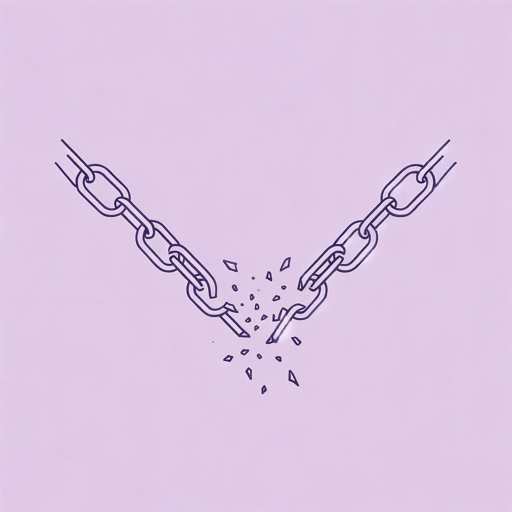
Daddy
Sylvia Plath
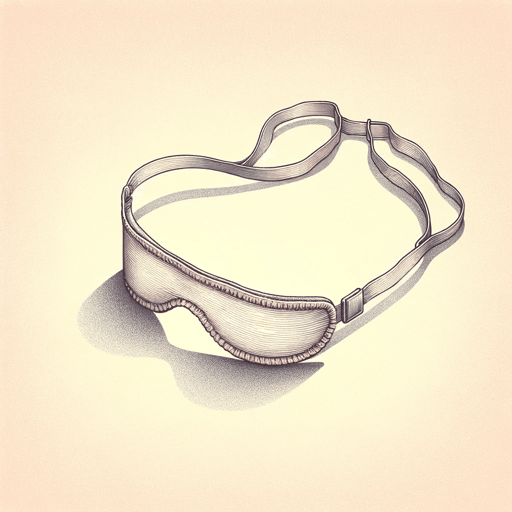
Initiation
Sylvia Plath

Mirror
Sylvia Plath

Sheep In Fog
Sylvia Plath
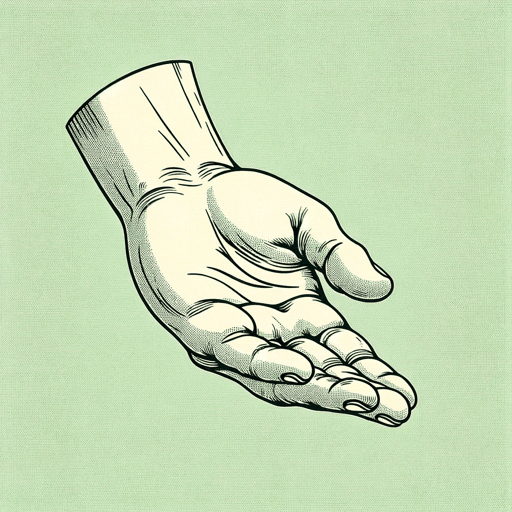
The Applicant
Sylvia Plath

The Bell Jar
Sylvia Plath

The Disquieting Muses
Sylvia Plath

The Munich Mannequins
Sylvia Plath
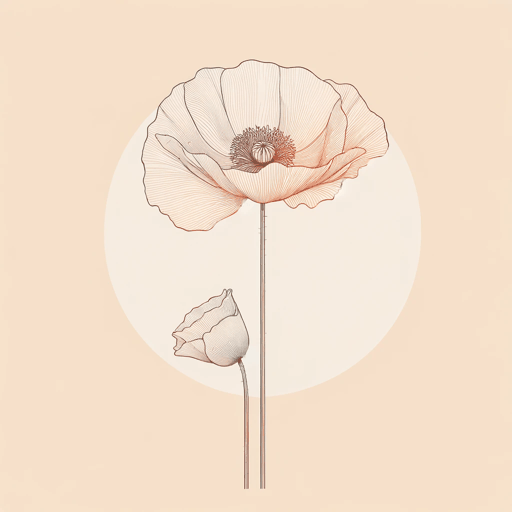
Two Sisters Of Persephone
Sylvia Plath
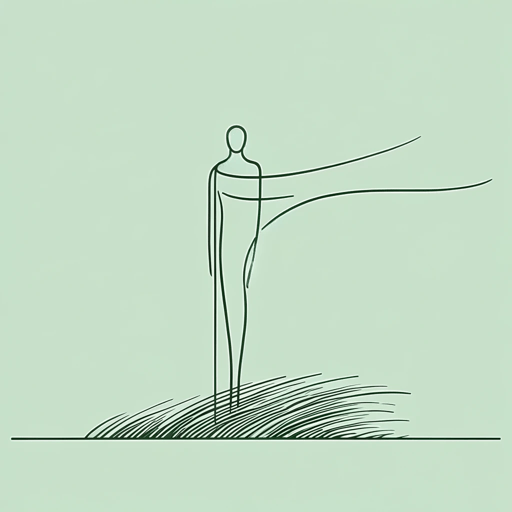
Wuthering Heights
Sylvia Plath
